Do you ever hear yourself say something and immediately wish you could take it back? It’s like words are coming out of your mouth and you’re only seeing them for the first time and you think, “wait! I didn’t mean that!” It happened to me the other day.
A friend and I were on a small plane heading home from a week among grizzly bears in the northern interior of British Columbia and we were talking about the photographs we had made, particularly the ones we were really excited about, and how many frames it had taken us to get there, when I heard myself say it was an awfully high “failure fate.”
Failure rate? What a terrible way to think about making photographs.
I don’t even think this way, the words—common in some photography circles—just came out of my mouth, bypassing the more thoughtful part of me. I immediately took another pass at what I was trying to say: it took a lot more sketch images than usual to get to the images I was coming home with. But failure? Not a chance.
There are many reasons it might take you 1000 frames to make one photograph you love. It could be you need to shake the dust off a little, and during the pandemic I’ve not been making many photographs at all, so that could be part of it for me. It could be that you’re taking more risks, trying new things, adjusting to new gear. And it could be that what you’re photographing is very dynamic and requires a few more frames per second to give you a fighting chance at the very best fast-moving moments. All of these were true for me. And then there was this: I was just so excited to be out on the water, with my best friend and some beautiful bears, that I got a little punch drunk. I was, in other words, having a blast.
And I was learning. Many of my best photographs, and certainly the most magical moments, last month, happened in really high contrast light, and I was working out the best way to capture both the moments and the light with the gear I had. So in light of this, it feels like looking at my 11,000 frames made over 8 days of photograph in terms of failure rates, or even keeper rates, misses the point.
Learning, if we choose to do so from the shots that don’t do what we hoped they would, is never failure.
Taking risks with creativity and having a willingness to just see what happens when we try something new, those are not failures, either.
Nor is pressing the shutter because it brings you joy to be out there or because using the camera makes you feel more alive, more aware, and more part of the scene in which you’re immersed.
Failure rate? Keeper rate? That we even speak (and think) in these terms implies that a lower ratio is better than a higher ratio. It implies that as we grow in our craft we should see more successful images come from fewer attempts to get it right. I’ve not found this to be the case and I thought it might be encouraging for you to hear that the more I master this craft and explore my creativity, the fewer final images I get from the many, many sketch-frames that I make, and I see that as a good sign.
More sketch frames, which is what I call the images that on their own might not be viewed as a success but are needed to get me to the better photographs, means I’m taking risks. They mean I’m trying new things, and that usually means I’m learning. It also means I’m getting harder to satisfy. I’m less easily pleased, more demanding of myself, less willing to compromise. My increasing so-called failure rate means my tastes are getting more refined. I’m getting pickier.
These are all encouraging signs of growth in my craft, and I’m wondering if it’s the same for you and if perhaps a shift in how we think and speak of these things might give you just a little more creative freedom and leave us all a little more room for the joy we find in this craft.
As you read this I should be flying home from a week photographing polar bears in northern Manitoba. No doubt I’m coming home with a hard drive full of images – some better than others, but all of them important in some way. I can’t wait to share them with you. I haven’t had time to make a monograph of my recent work, but I’m hoping the polar bears and a lighter schedule over the next 2 weeks give me something to send you in the next Contact Sheet, which I’ll be sending on November 21. In the mean time, here are three of my favourite images from my time with the grizzly bears last month.
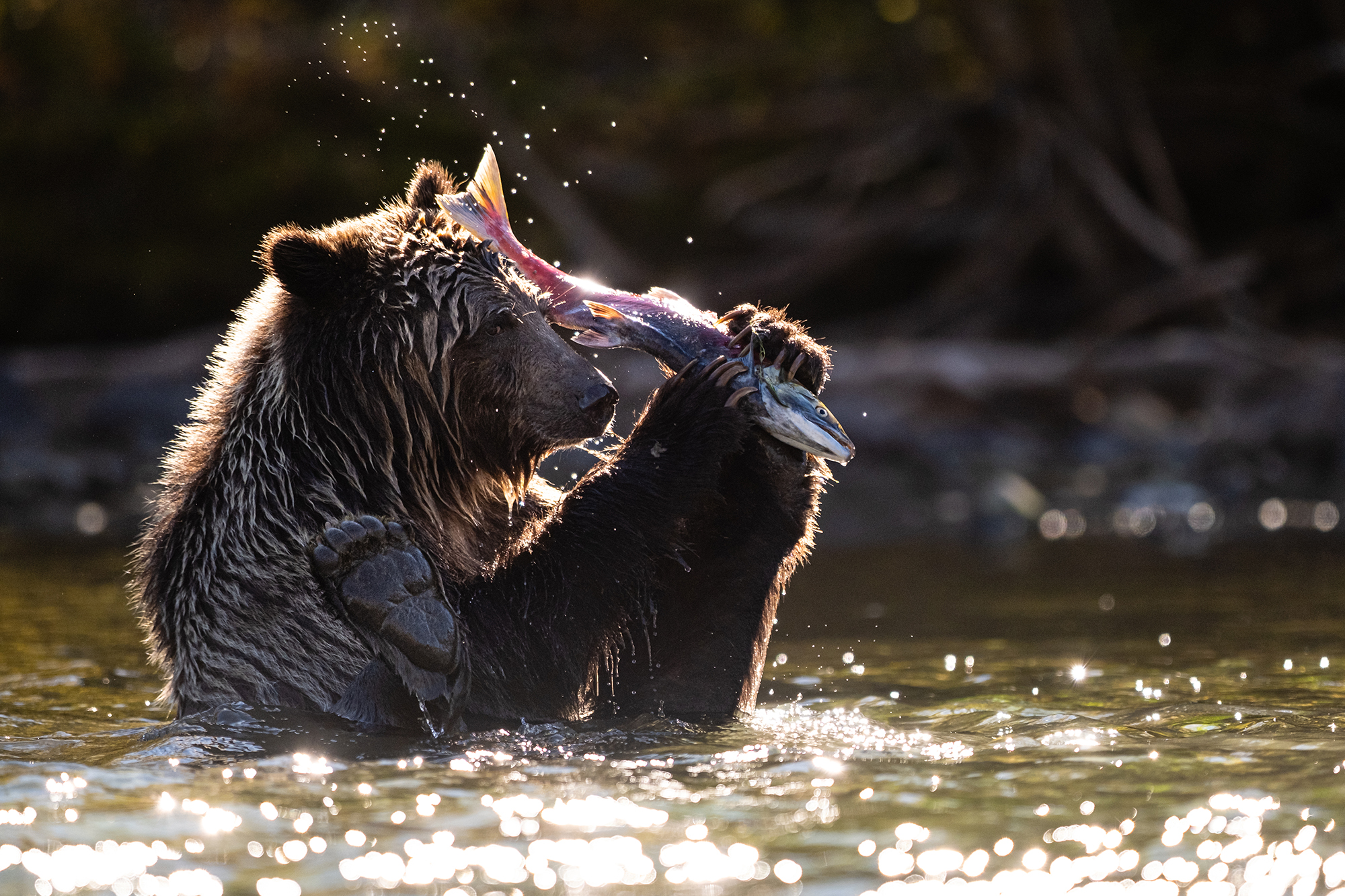
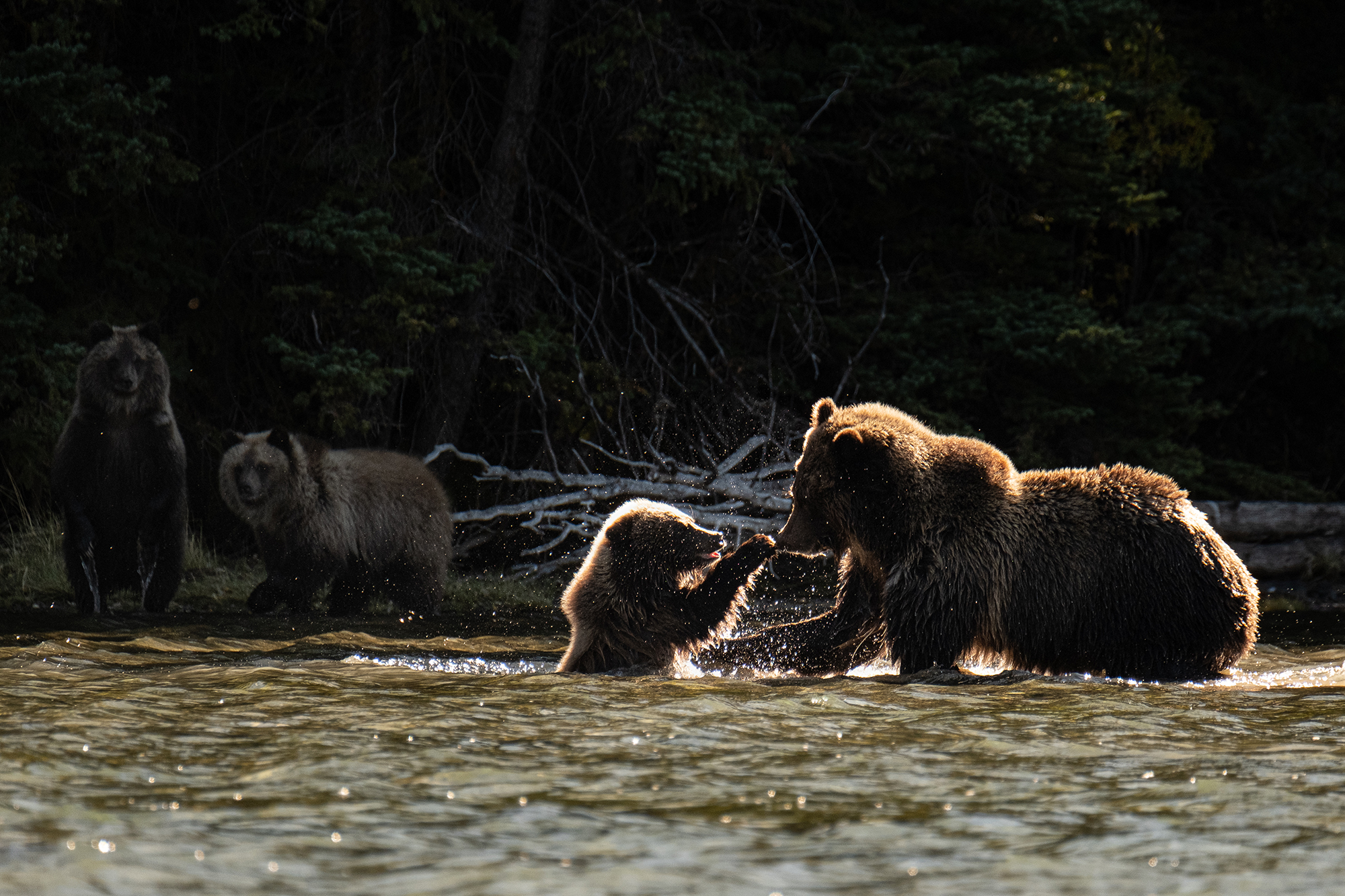
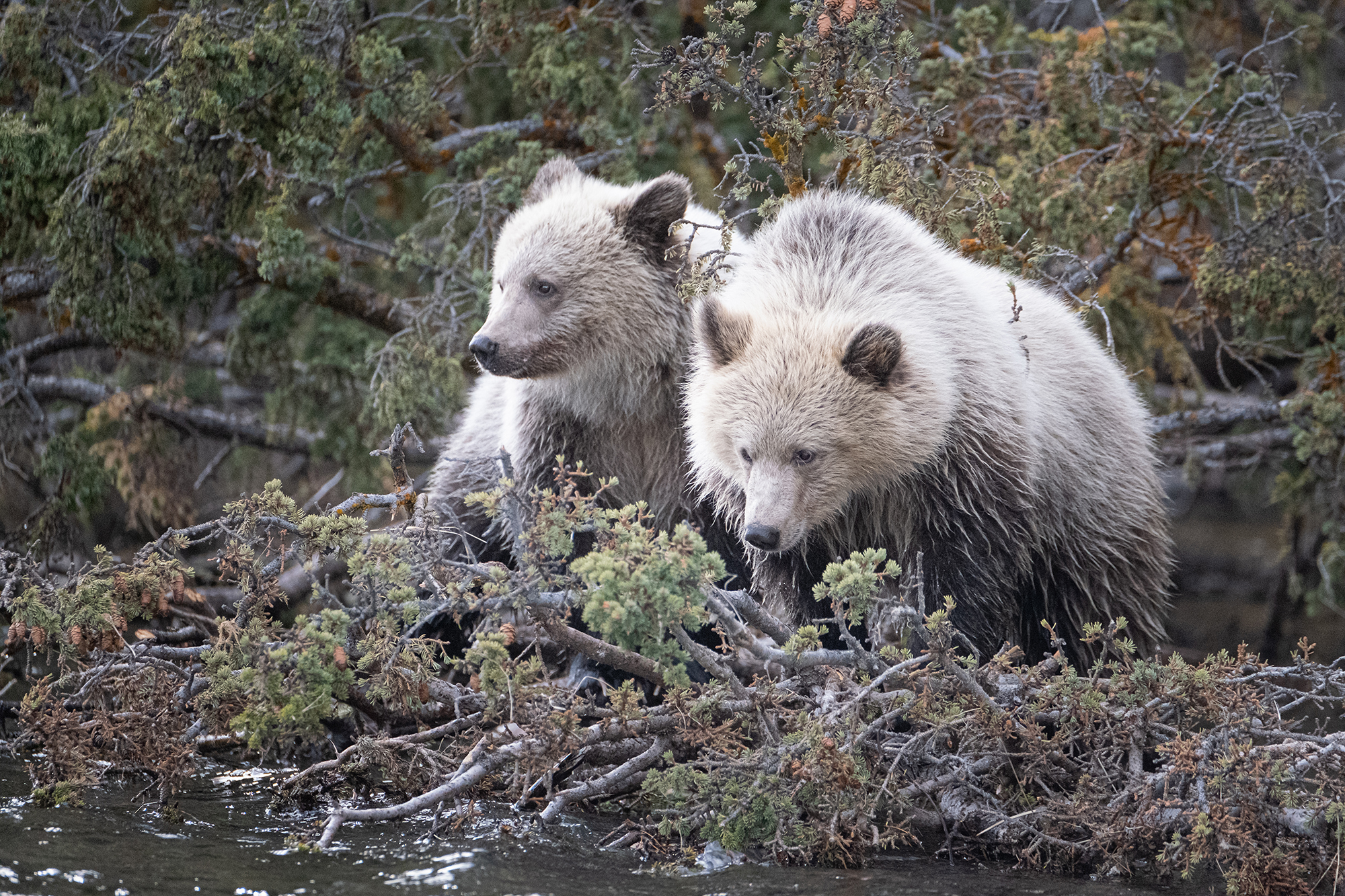
As always I welcome your questions and thoughts, even if you’re just dropping by to say hello. It’s so, so good to be back behind my cameras again. Thanks for being part of that.
For the Love of the Photograph,
David
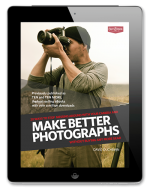
PS – Want more like this? I send these articles out every two weeks to photographers around the world who want to improve their craft and explore their creativity and I’d love to include you. Tell me where to send it and I’ll send you a copy of my best-selling eBook Make Better Photographs, as well bi-weekly articles, first-glimpse monographs of my new work, and very occasional news of resources to help you keep moving forward in this craft we love.
“Each and every one of your emails inspire and motivate me to want to jump right out of my chair away from my computer and shoot for the love of it . Thank you David.” – Millie Brown

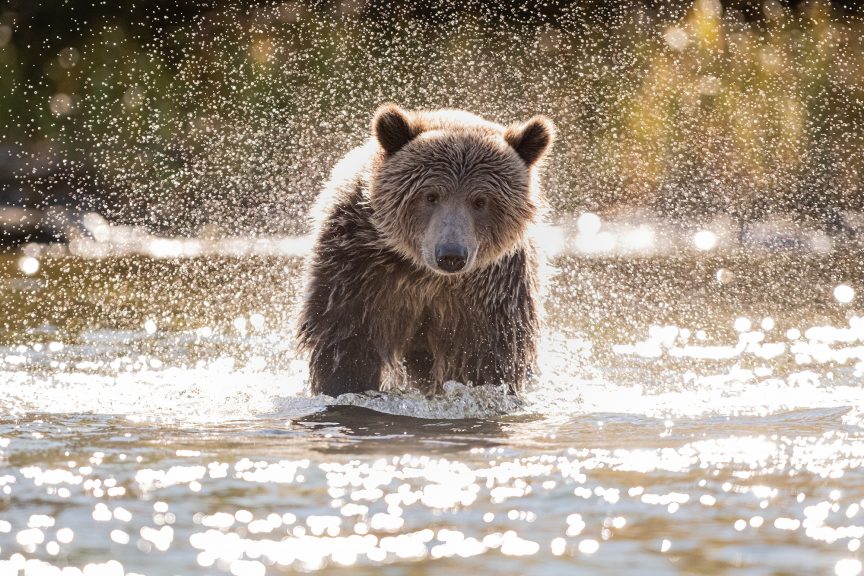
Comments
Pingback: For Stronger Photographs: More Time - ScpOnline
Hi David,
I love your work and I love your bear photos. Hope to see more of them quite soon.
One question regarding the sketch photos. Or keepers rate. Do you delete them or keep them for some reason? Currently I more or less presere anything, but never look at the sorted out ones again.
Best regards from Austria and stay healthy
Michael
Hi Michael! Thanks for this. Questions make my job so much easier as I don’t have to guess at what’s helpful to others. No, I don’t delete my image files. I keep them all except the really, REALLY obvious garbage. On my recent trip north one of my cameras made 600 exposures of the floor of the 4×4. Deleted instantly. And once in a while I get an image that is, so far out of focus or has so clearly missed the moment that I’ll delete that too. Mostly I keep them and that has to do with my commitment to doing at least 3 edits of all my work. Once on the field. Once when I’m back to my big displays and have more time. And at least once more in several months to a year. But more often I do 4-5 edits. For example, I’ve worked less with the camera during the pandemic, but one way to make more photographs is to go back to work I made a 3-5 years ago and sift through it all again with new ideas, looking for different things, taking my time with no particular agenda. It’s always amazing what I see on a 3rd or 4th edit, things I missed on a first or second go around. So yes, keep the images, but don’t miss out of the chance to see them with fresh eyes later on.
I hope this helps. Best from Canada’s west coast. – David.
Hi David,
Thank you very much. That helps me a lot.
And thank you for writing your books. I love reading them.
Michael
HI David
I love the bear photos. They show the bears personality. I like when you teach about sketch images. I use the term now when people as why I take so many photos. I have been able to help a couple of friends as they felt guilty if they took to many photos of the same bird, scene, animal etc. One of them now brags about how many photos she takes and then shows me her best. She is very proud of what she is doing now.
Keep up the great tips. Can’t wait to get up and explore Vancouver Island
Jim
Love these shots – they me me stop and stare and wonder and marvel. And the sketch framework continues to resonate with me; this was helpful encouragement to bring out the camera again and be less worried about expected outcomes, and more focused on it being a journey where each frame is worth it. Thank you for that.
Cogent comments, as always, David. But what I really wanted to say is: Fantastic photos of the bears!
I love the grizzly beat photos and I love the way you think about photography. It really helps me keep my mind right when I engage with my art.
I try not to think to much about any of my photos as “failures” but there are definitely times when I really miss a shot I was hoping to have captured and when I pull it up on my computer at home I’m disappointed. But I really try to think about how I feel in the moment of creating those images and its always good.
Trying something new and stretching myself us something I’ve really been trying to do more. The other day I got outside on a literally freezing cold morning to try to capture the frost clinging to the ground with my macro lens. I created over 700 images in a relatively shot period of time. Many did not turn out as I had hoped. But some turned out really nicely. Especially considering that was something I’ve never done before I’m calling that a win.
Thanks for sharing your thoughts with us.
Kyle Reynolds
https://krnaturalphoto.com/
Thanks, Kyle. I see you comment often and I know I don’t always reply, just wanted to say thank you. Glad you’re here!
Thanks David! Your philosophy always resonates with me. Today’s post applies also to my writing as well as to photography. Although a lousy chapter can be turned around with a good edit (more so than with a lousy frame), basically I have to write a lot of words to get just a few good sentences. And that’s OK 😊
Thank you, Dawn!
David you mentioned that you have moved away from social media…any particular reason for doing that.
Hi Cindy-Lee. There were Oh, So Many reasons. The pros were vastly out-weighed by the cons for me. It was sucking my time and focus. I don’t like the business model. I feel social is a threat (or can be) to individuality and encourages conformity. I did an episode of my podcast, a Beautiful Anarchy, about all this. It’s called The Monkey Trap. It’s 18 minutes long and you can find it here: https://www.abeautifulanarchy.com/podcast/episode-047 – Perhaps it’ll give you food for thought. 🙂
Thought provoking, since I never (or rarely ever) use those terms, and neither do my photography friends. I do, however, sometime refer to my good photos, but those are the ones my photos themselves and I decide are the ones to be shared. (TO me the editing process is a conversation between my images and me.) I do agree, though, that the words we use reflect how we think about our photography (or anything/everything) so paying attention to what we say and how we say it and how we think about what we are discussing is crucial, though it is a process.
One thing my friends and I discuss (and you and others have broached this several times) often is how we can sometimes let the # of likes affect how we see a photograph and whether tho like affect whether we think they are good or bad. (Or as I like to think of it, whether they are good or suck s__t through a brick.) But it always brings us back to adjusting how we think about our work (and as I often urge, how we learn to evaluate and think beyond just the good/bad framework, which I know you are keen on and I am grateful for what I learn from you about it.
I needed that today! I felt like I was a failure as I had been trying to capture birds, and had been less than successful. Thank you, David, for the ‘sketches’ I now have, and those images of the Bears with that wonderful light inspire me
Thanks…I’ve been thinking about “sketching” Vs “machine gun shooting..” To move away from the latter and towards the former means adding thinking and planning. Where you put yourself, and when you put yourself there, to capture the bear with the wonderful back lighting probably wasn’t happenstance..
David, thanks for this insight. I find myself doing the same thing but you are correct. I have gotten much pickier about my work so there are technically more ‘failures’.
David your conversations around photography have in some way rescued me. A long break from my craft and a desire to move onto new ways of doing photography have both led to many sketch images. Your article, as always, was timeous.
Appreciated the gorgeous photos of the bears.
Pingback: Failure Rates? Keeper Rates? There is a better way of thinking about this. - ScpOnline
beautiful pictures Dave
David – I consider failure rate all the time when I am going over images from a workshop. (Maybe it’s a firstborn thing, having to do everything your “best”.) Whatever, it was good to hear your thoughts on the expression and be reminded that some sort of “failure”, however we define it, is simply part of photography. It’s innate! Thanks for your honest words.
Failure Rates vs Keeper Rates? I’d rather just see if I come away with some photos I care about it. I tend to be willing to try more things when I’m shooting digital rather than using film. Yes, I occasionally shoot film to get a better feel for the process. When I’m shooting with my RB67, I tend to be more planned with my shots.
Such beautiful photos David! I consider myself still fairly new to photography, so I look at most of my shots as continuing practice, not failures. I learn a lot from making mistakes, and hope to make fewer mistakes as I get more experienced.
I enjoy the emails with many ‘pearls of wisdom’ in them. Thank you. 🙂
Hi David,
I think if you can come up with 4 images like you posted for this article you’re doing GREAT! I can hardly wait to see more. The concept “keeper rate/failure rate” is very relative to the situation you are shooting in, I’m sure the great Robert Capa had a very high “failure rate” during his tenure on the front lines of World War II but he produced some of the most iconic and memorable pictures of the 20th century. On the other hand, if your shooting portraits in your studio with an 8×10 camera you’ll have a very high keeper rate. So it goes 🙂 BTW you referred to some of your shots being “sketch frames”, Henri Cartier Bresson used to refer to his camera as a “sketch pad”.
Thanks for your ‘failure rate’ article. I never think it terms of failures or care how many images I try to make in one go. In September I spent a week in Grasslands National Park in Saskatchewan by myself – boots on the ground for six days – and discovered I shot some 5000 frames. Didn’t seem like many when I was doing it. Incidentally the ‘by myself’ was one of the smarter things I have done. Living in Ontario I had wanted to go with someone, preferably a photographer, as I thought maybe by myself would not be so enjoyable. My daughter kept asking me ‘ Why aren’t you going? When are you going to go’? I’d make my lame excuses and finally she said to me: ‘Dad, if not now, when?’ That did it. Two weeks later I was there and loving it. ‘By myself’ gave me the freedom that I discovered I so badly needed.
Thanks again.
Glenn Upton
Last friday I was in the park with my new camera. There was a woman feeding a swan, the swan picked the food out of her hands. It was the first time ever that I asked a stranger if I can photograph her. Honestly I shot not even one good picture and I was very disappointed. Your article reminded me to be patient with new situations and to trust in the process. Sometimes we are too much fixated to the results instead of appreciating the process and it is good to remind us that results are a gift which we receive naturally by being mindful on the way.
Thanks, Claudia
I just spent the morning outside trying some new concepts with some fallen leaves before I read this. I agree with you, David. To me, the term “failure rate” applies to hardware (and sometimes to software) but not to people. Vehicles or cameras have a calculated failure rate but people don’t. The number of attempts it takes to produce a satisfying output does not seem relevant to the process of creation. The delete key seems to be my constant companion!
I do like the bear photos!
Absolutely! You have written another article that hit the nail on the head. I just spent a couple days deleting old pictures. As a new photographer I saved any bird photo I captured. Amazing I had saved even out of focus images. I’ve become pickier but each image then and now has taught me things. Now on to take more.
Great article. I’m inspired to go out and do some shooting, just cuz I want to and so what if it takes awhile to “get the shot.”
Just Have Fun!
Love those shots of the bears, they are so “intimate”…..
I went from Brownie Camera photographer to one who had a glimmer of of what I was doing in Army photography school. In one of the first classes an old Master Sergeant who was our instructor said, “Shoot lots of film. We’re gonna spend tons of money on your gear and sendin’ you to the ‘Nam. Film is the cheapest thing you’ve got.” That was one of the best lessons of the entire school.
Whoa David. So right on. I am in Croatia right now. First big trip since pandemic. Been shooting at home in my little studio, small trips to some local places. But being in the moment in a foreign country. Wow – RUSTY!!!! So I won’t count many as failures rather proof that I need to travel more 😬
The more I take photos, the more I find the greatest limitation is not the gear or the location— it is my head. “It won’t turn out” or “I will wait until next time” or “I don’t have any ideas today (!). Your posts are a therapeutic wack on the side of the head and a challenge to develop my thinking about shooting before i lift the camera. Thank you!
Anyone interested in watching grizzlies up close with humans on the Taku River – here is a great video! https://www.youtube.com/watch?v=dLU3CMzMfC8
Catching a shot of a bear whacking his head with a fish is EPIC. It was surely worth the wait. Reading your successes this morning after setting the clocks back an hour, is a TREAT.
Like the previous posters, your post came at the perfect time.
Today, I have a boudoir photoshoot workshop to attend. I am a fairly new photographer and love to shoot birds, landscapes and wildlife.
It is with a group I have never met, in a place I have never been and doing a thing I have never done!
I am nervous and excited but embracing the opportunity along with the butterflies in my stomach .
Love your photos of the the bears – WOW!
It’s uncanny how timely you are! Just today I was going through the take of the last few months and thinking that my ‘failure rate’ was higher than normal – and it’s for all the reasons you just mentioned. Thanks for keeping me grounded, David!
This message couldn’t have come at a better time for me. I just sold my backup mirrorless camera and (finally!) invested in my first medium format film camera, something I’ve been wanting to do for years. My mindset has needed some tweaking because I don’t want to have a “high failure rate” at the expense of the cost of film and development…and the time it takes to see the result. This message helped me breathe into it a little more.